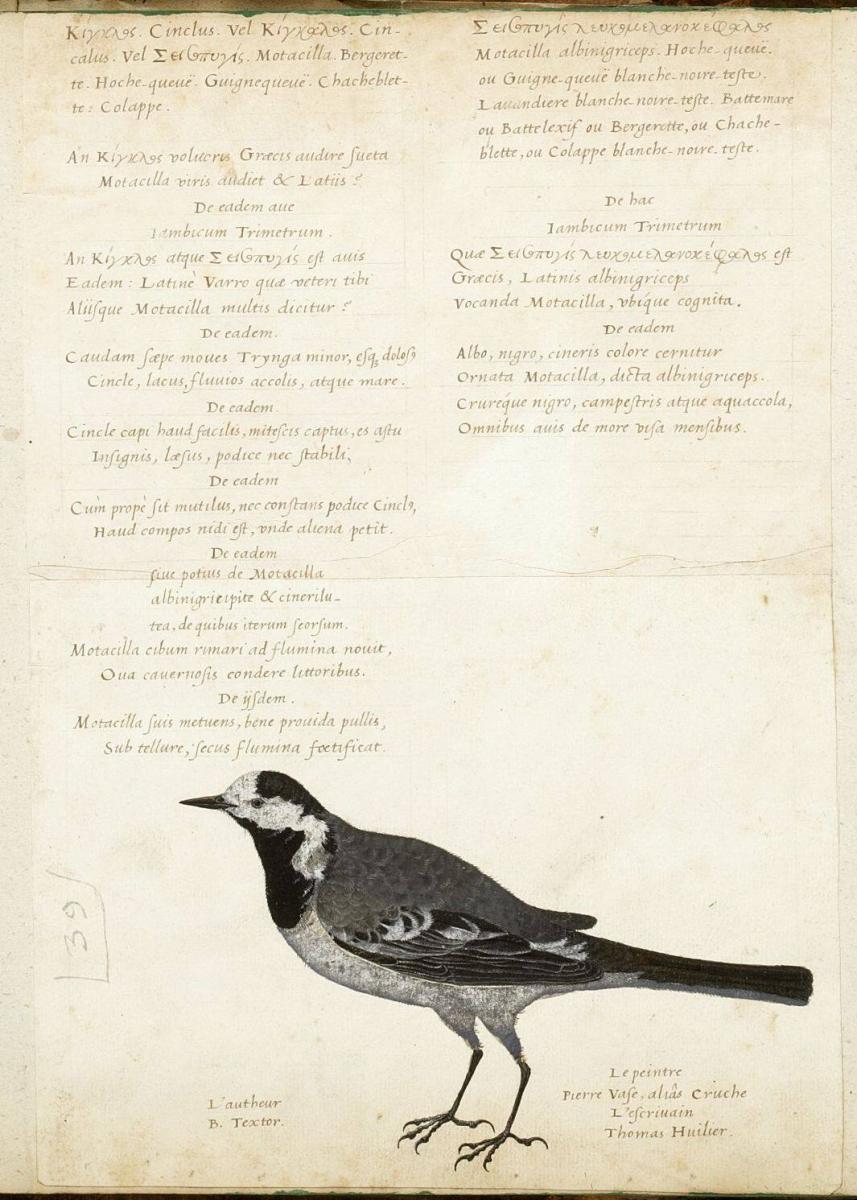|
Pierre Eskrich
Pierre Eskrich, born Pierre Krug and known variously as Pierre Cruche or Pierre Vase (c. 1518 – c. 1590), was a French engraver, illustrator and painter. Connected with humanists during the Reformation, one of his major works was the 16 piece ''Mappe-Monde Nouvelle Papistique'' made in 1566 for Jean Baptiste Trento to depict the Protestant's satirical view of the Catholic world. He also illustrated an unpublished project on birds. Life and work Eskrich was born in Paris, the son of a German goldsmith named Jacob Krug who came from Freiburg, Brisgau. The German surname Krug is spelled "Cruche" in the French form and literally means a jug which translates loosely to "Vase". In tax documents, he signed as Cruche and in artworks from 1566 to 1568 he signed as Petrus Eskircheus. Eskrich worked as an apprentice to Pierre Vallet, embroiderer for the Duke of Nevers. In 1573 he titled himself as embroiderer for François de Mandelot, the governor of Lyon. Verses from 1541 by Robert de ... [...More Info...] [...Related Items...] OR: [Wikipedia] [Google] [Baidu] |
Reformation
The Reformation, also known as the Protestant Reformation or the European Reformation, was a time of major Theology, theological movement in Western Christianity in 16th-century Europe that posed a religious and political challenge to the papacy and the authority of the Catholic Church. Towards the end of the Renaissance, the Reformation marked the beginning of Protestantism. It is considered one of the events that signified the end of the Middle Ages and the beginning of the early modern period in Europe. The Reformation is usually dated from Martin Luther's publication of the ''Ninety-five Theses'' in 1517, which gave birth to Lutheranism. Prior to Martin Luther and other Protestant Reformers, there were Proto-Protestantism, earlier reform movements within Western Christianity. The end of the Reformation era is disputed among modern scholars. In general, the Reformers argued that justification (theology), justification was sola fide, based on faith in Jesus alone and n ... [...More Info...] [...Related Items...] OR: [Wikipedia] [Google] [Baidu] |
Benoît Textor
Benoît Textor or Tessier Latinized as Benedictus Textorius Segusianus (c. 1509 – c. 1565) was a French physician and naturalist. He was a friend of John Calvin and Pierre Viret. He took an interest in the study of birds and compiled a work along with his son Claude Textor (1538–c.1576) and Jean Tagaut, the son of his teacher. Life and work Textor was born in Pont-de-Vaux, Pont de Vaux in the La Bresse region. He studied at Lyon or Macon and was taught by Eloi de Verger. He then lived at the home of his tutor Jean Tagault, Jean Tagaut in Paris and attended lectures by Jacques Dubois. Tagaut's son Jean fled during the Reformation. Textor was also influenced by humanists and became a friend of Jean Calvin. Textor moved later to Mâcon, Macon, followed by Neuchâtel, Neuchatel (1542) and Geneva (1543, 1559). In 1536 he married Jeanne de Quincy. He later became a royal physician to Francis I of France, Francois I and wrote several books including one on cancer and malignancy (15 ... [...More Info...] [...Related Items...] OR: [Wikipedia] [Google] [Baidu] |


